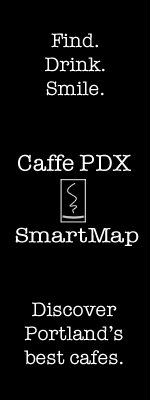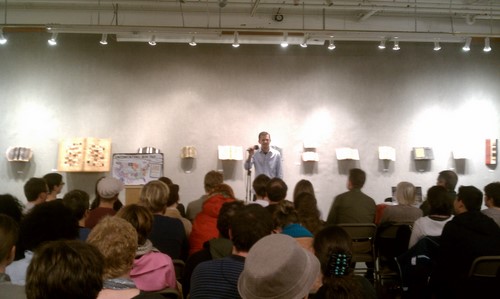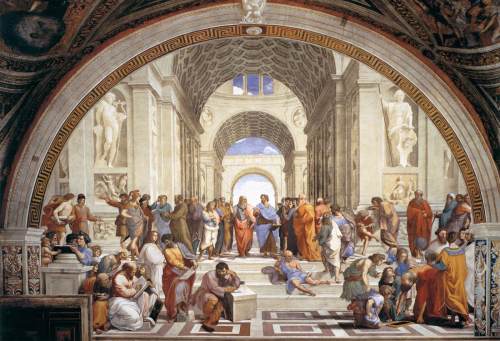Bikes, Brakes and Culinary Liberties
 Friday, November 1, 2013 at 12:43PM
Friday, November 1, 2013 at 12:43PM If someone created a list of signs that Portland is starting to grow on you, one of them would have to be, “You spend more time on your bike than in your car.” That describes me, at least when the weather is good (true Portlandians commute by bike in the rain, but I’m not there yet). Portland prides itself as a bike-friendly city, with lots of trails and designated biking streets (complete with sharrows!) that fill up with bicycles during the morning and afternoon commutes.An aspiring bike commuter
Traveling around Portland by bike is invigorating. Similar to walking, when you’re on a bike, you get to experience the sights, sounds, and smells of the city at a much more intimate level than you would if you were in a car (a good thing, until you get stuck behind a garbage truck). Riding in traffic provides an adrenaline rush because you are moving pretty fast without much to protect you. Lurking in the back of your mind, especially when you’re riding fast, is that you could crash at any time, and hitting the pavement hurts. Believe me.
Since I started biking in Portland two years ago, I’ve wrecked twice. The first time, I was hit by a car (yeah, that was fun). Riding up Naito toward the Hawthorne Bridge in the bike lane, a driver forgot to check her blind spot before pulling into a parking space, and unbeknownst to her, she had to go through me to get there. Fortunately, the crash was more of a sideswipe than a full-on collision. Plowing through her right side mirror, I bounced up onto the curb and landed on my side. We were both lucky, as I came away with nothing more than a few scratches on my foot, and she came away with no insurance claims from me. She seemed more traumatized by the collision than I was.





